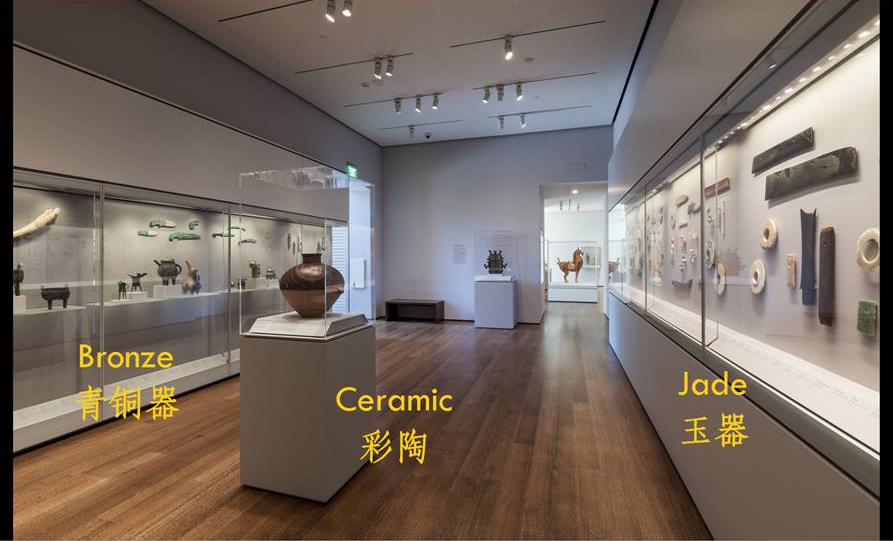1920.44.75: Unguentarium (cosmetic bottle)
Vessels
This object does not yet have a description.
Identification and Creation
- Object Number
- 1920.44.75
- Title
- Unguentarium (cosmetic bottle)
- Classification
- Vessels
- Work Type
- vessel
- Date
- 1st-2nd century CE
- Places
- Creation Place: Ancient & Byzantine World
- Period
- Roman Imperial period
- Culture
- Roman
- Persistent Link
- https://hvrd.art/o/292905
Physical Descriptions
- Medium
- Glass
- Technique
- Free-blown glass
- Dimensions
- 4.3 cm (1 11/16 in.)
Provenance
- Recorded Ownership History
-
Elizabeth Gaskell Norton, Boston, MA and Margaret Norton, Cambridge, MA (by 1920), gift; to the Fogg Museum, 1920.
Note: The Misses Norton were the daughters of Charles Elliot Norton (1827-1908).
Acquisition and Rights
- Credit Line
- Harvard Art Museums/Arthur M. Sackler Museum, Gift of the Misses Norton
- Accession Year
- 1920
- Object Number
- 1920.44.75
- Division
- Asian and Mediterranean Art
- Contact
- am_asianmediterranean@harvard.edu
- Permissions
-
The Harvard Art Museums encourage the use of images found on this website for personal, noncommercial use, including educational and scholarly purposes. To request a higher resolution file of this image, please submit an online request.
Descriptions
- Description
-
Intact ungentarium of pale blue-green glass. Round spherical bottom; tall tubular neck; flat rim.
Classification: C. Isings, Roman Glass from Dated Finds (Djakarta: Groningen, 1957), form 6/26.
- Commentary
-
An unguentarium is a small bottle used for ointments, perfumes, balms, and other liquids associated with the toilet. Vessels typically have a bulbous bottom and narrow, tubular neck, but lack handles. Bulbous-bottomed, glass unguentaria were one of the earliest shapes to be made using the glassblowing technique. A piriform unguentarium is distinguished by its pear-shaped base (see 2012.1.87).
The bulbous form of the unguentarium was originally made in colored glass, but by the first century CE the pale, blue-green glass seen here predominated. In later forms, the bottom flattens and the neck becomes longer.
The unguentarium is sometimes not distinguished from the balsamarium, another vessel used to hold balms and ointments (see 2003.100.7).
Subjects and Contexts
- Roman Domestic Art
Related Articles
Verification Level
This record has been reviewed by the curatorial staff but may be incomplete. Our records are frequently revised and enhanced. For more information please contact the Division of Asian and Mediterranean Art at am_asianmediterranean@harvard.edu
